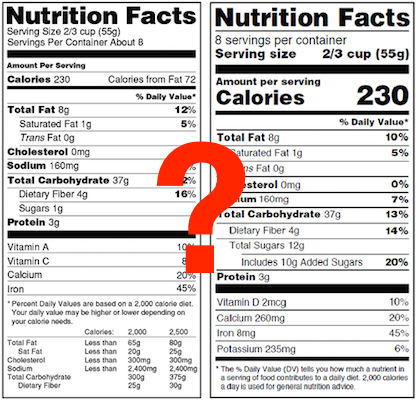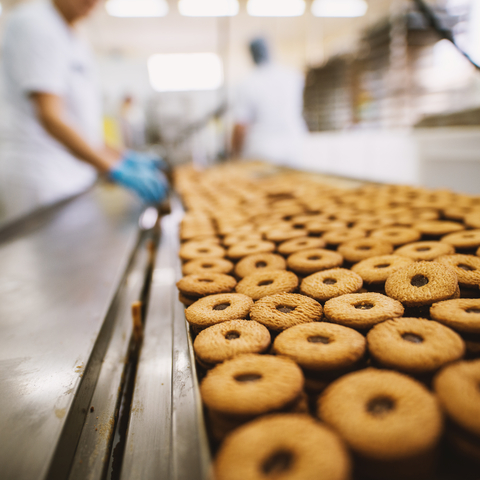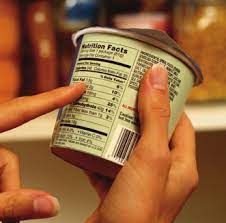Recipe R&D - formulating recipes with desired nutritional content
While ReciPal is most often used to turn existing recipes into compliant nutrition labels, it's also a powerful tool for recipe research and development. Sometime when people initially enter their recipes, they're surprised by the information they find - maybe it has more calories than expected or higher sodium levels. In this article we'll explore how you can use ReciPal's nutrition analysis tools to experiment with different proportions and types ingredients to optimize the nutrition of your product.
If you prefer to learn over video, we have a version on our YouTube Channel and embedded below:
Why Nutrition Facts Matter
With ever more health conscious consumers, nutrition labels aren't just informational, they're part of your brand. People use nutrition facts to inform their purchasing decisions. Depending on your product and its value proposition, you probably know what matters most to your consumers and what can help make your product stand apart from the crowd.
For healthy brands, a simple ingredient statement can be a great selling factor. While it might not seem like you have many options to optimize nutrition in a product with limited ingredients, we'll take a look at just how impactful it can actually be. As an example, we're going to look at a bar with just two ingredients (cashews and dates) and show the process to formulate a higher protein, lower carb variant. Here is our starting point (25g carbs, 5g protein) :

Ingredient Proportions
While the nutrition fact panel aggregates and rounds all the nutrient information across ingredients, ReciPal has a nutrition breakdown page that shows the unrounded nutrient values that each ingredient contributes. To get to this page, just select the "More" dropdown and choose "Nutrition Breakdown".

Since, we're looking to decrease carbs and increase protein those are the two nutrients we'll pay attention to. From this screen we can see that cashews are the main contributor to protein and dates are the main contributor to carbs. So, to meet our goals we can play around with different proportions of those ingredients that still deliver on taste and texture.
We started with an even 50/50 split - 24 grams of cashews and 24 grams of dates. This ratio yielded 25g carbs and 5g protein. However, if we switch to 30 grams of cashews and 18 grams of dates then we see it yields 23g carbs and 6g protein.

While this recipe only has two variable, more complex recipes will give you additional levers to pull in order to optimize the nutrition.
Substitute Ingredients
Aside from playing around with the proportions, we can see if there are any alternate ingredients that better deliver the desired nutrition. In this recipe, we've only got two options. The dates are essential, so we can't replace them with a different ingredient but we can investigate if a certain type of date would be better suited. Looking through the USDA ingredient database, there two date options - medjool and deglet noor. The nutrition of both is similar, so we won't gain anything from making a switch.
Looking at the cashews, I'm curious if we can find a substitute nut that better meets my nutritional goals. To investigate this, I add almonds and peanuts to my recipe and again use the nutrition breakdown screen to examine which will be the best fit. Upon comparison, peanuts have the most protein and least carbs.

Learning this, I decide to replace the cashews with peanuts. Now, I find that I have 18g carbs and 8g protein. Of course, I still need to get into the kitchen and make sure the taste, texture, and production method all still work. That said, with some quick R&D I decreased the carbs by 28% and increase the protein by 60%.

You can learn a lot by doing some digging into the nutrition of your ingredients. Pairing nutrition analysis with actual culinary know-how can uncover insights to improve your product. From there, your nutritional label won't just be a regulatory requirement, it will be a marketing asset.






